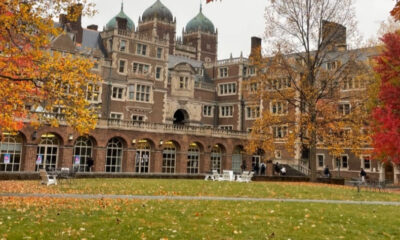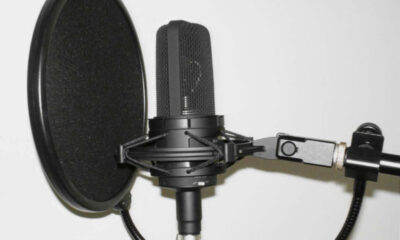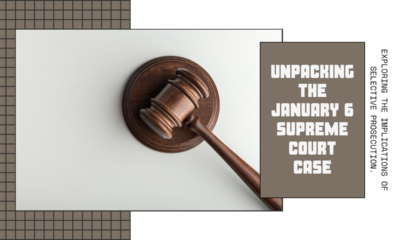Constitution
January 6 trial – did government fabricate key evidence?
Did the government fabricate a January 6 war plan allegedly by the Pround Boys? And did a federal judge let that evidence stand?
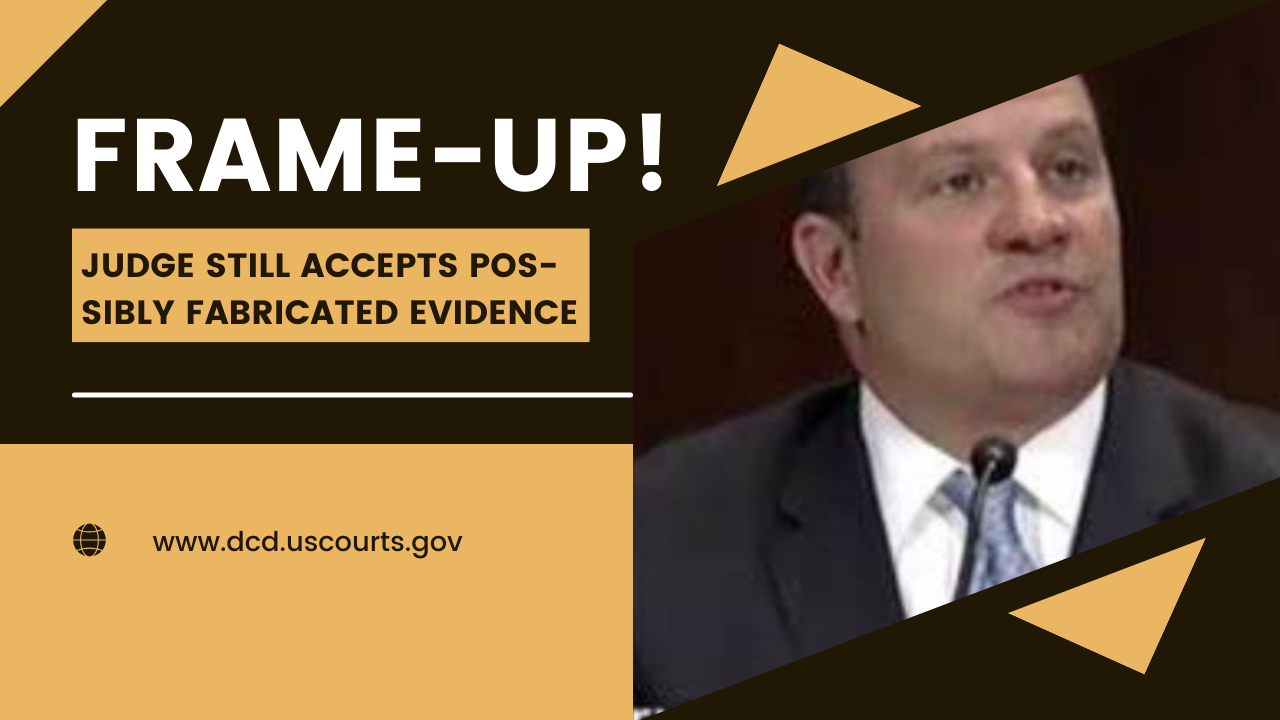
Jim Hoft, head of The Gateway Pundit, asserts today the FBI fabricated and planted key evidence against January 6 defendants. This revelation is important for two reasons, beginning with the obvious issue of miscarriage of justice. Judge Timothy James Kelly, the trial judge, is the same judge who will shortly try the case of Children’s Health Defense et al. v. The Washington Post Co. LLC et al.
Key January 6 evidence and why it is a fabrication
At issue is this document, titled 1776 returns, an alleged war plan for revolutionary occupation of seven government buildings. It surfaced in this docket entry in United States v. Ethan Nordean et al – the January 6 criminal trial. (Why Court Listener has forty separate docket entries for this case is unclear.)
This 9-page document, that seems written in an affected amateurish style, proposes (threatens?) occupation of seven buildings. These include the Supreme Court and all six Senate and House office buildings on Constitution and Independence Avenues. In addition it calls for occupying or throwing eggs at the front doors of CNN’s Washington, D.C. headquarters. H-Hour for these occupations was supposed to be 1:30 p.m. EST. The plan after that was to present a series of demands which the document does not list. But this document says nothing about entering or attempting to occupy the Capitol.
Zachary Rehl, a Proud Boy defendant, offered this as an exhibit as he moved for a rehearing of his detention.
He said someone had sent this document to co-defendant Enrique Tarrio, the apparent head of the Proud Boys. Whether Tarrio ever read this document is unclear; Rehl said he never read it. The document first bore mentioned in the Third Superseding Indictment of Rehl, Tarrio, and others.
Ultimately Judge Timothy James Kelly denied the motion. Among other things Judge Kelly said the 1776 Returns document was immaterial to Zachary Rehl’s case.
The set-up
On February 13, 2023, Cara Castronuova at The Gateway Pundit first shared information about a motion for mistrial. Yet another docket entry on this case lists Document 660, a motion for the Court to:
- Declare a mistrial, and
- Strike the 1776 Returns document from the record.
By way of preamble, Roger Roots, counsel for January 6 defendant Dominic Pezzola, said:
It appears that the government itself is the author of the most incriminating and damning document in this case, which was mysteriously sent at government request to Proud Boy leader Enrique Tarrio immediately prior to January 6 in order to frame or implicate Tarrio in a government-created scheme to storm buildings around the Capitol. As such, Exhibit 528-1 and the government’s efforts to frame or smear defendants with it, constitutes outrageous government conduct.
At issue is the behavior of one Samuel Armes, then an undergraduate at the University of South Florida. He was taking part in a “certificate program” designed to teach the skills that an intelligence agent, or “spook,” needs. Armes gave this testimony to the January 6 committee, according to a later court order:
According to Armes, in late 2020, he became concerned about speculation that then-President Trump would refuse to leave office or to acknowledge defeat if he lost the upcoming election. He responded by describing in writing what he “thought might happen in a worst-case scenario” of that nature. The result, as he put it, was a “three-to-five page document” that contained maps and images, including the location of possible protests responding to the “chaos” he thought would result if there was uncertainty about who had won the election. He also testified that he shared that document with a woman named Erika Flores, who may be the same woman who allegedly later sent 1776 Returns to Tarrio.
This sounds like something out of the playbook document of the Transition Integrity Project, which CNAV is currently analyzing. That document presents four war games showing how the Trump and Biden campaign, and five other categories of players, would react to various published election results for the Election of 2020.
(See also this transcript of Armes’ testimony before that Committee.)
Unfortunately, Judge Kelly denied that motion also, apparently casting doubt on the allegations. More troubling still, Judge Kelly seems to accept uncritically denials by Armes of accusations against him by the defense. To be specific, Armes denies having written the 1776 Returns document. He seems to say that Erika Flores and’or Enrique Tarrio took Armes’ ideas and ran with them on their own.
New information about Armes
Today, Jim Hoft reveals that Erika Flores, who testified to the Commitee before Armes, specifically said she sent the document to Mr. Tarrio on orders from Armes.
These developments are especially troubling because Judge Kelly is the same judge set to deal with another major censorship case. Judge Terry A. Doughty, in Louisiana, transferred the case of Children’s Health Defense v. WaPo LLC to Judge Kelly’s court. If Judge Kelly is this uncritical about the testimony of a government witness who might have fabricated and planted evidence, this puts his impartiality, both in U.S. v. Nordean and potentially in Children’s Health Defense v. WaPo, in very serious doubt.
Terry A. Hurlbut has been a student of politics, philosophy, and science for more than 35 years. He is a graduate of Yale College and has served as a physician-level laboratory administrator in a 250-bed community hospital. He also is a serious student of the Bible, is conversant in its two primary original languages, and has followed the creation-science movement closely since 1993.
-
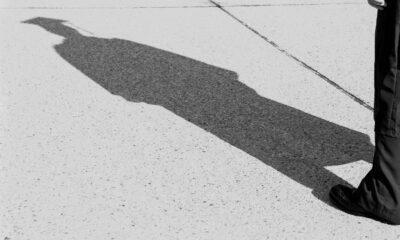
 Education3 days ago
Education3 days ago‘Grading for Equity’: Promoting Students by Banning Grades of Zero and Leaving No Class Cut-Ups Behind
-
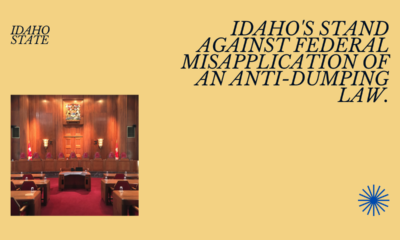
 Family3 days ago
Family3 days agoIdaho defends against abortion mandate
-
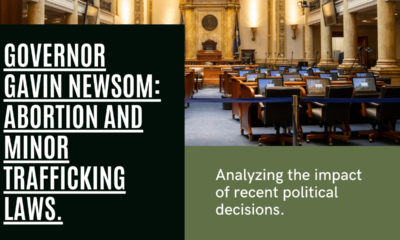
 Civilization4 days ago
Civilization4 days agoNewsom plays silly abortion politics
-

 Constitution2 days ago
Constitution2 days agoPresidential immunity question goes to SCOTUS
-

 Civilization4 days ago
Civilization4 days agoWaste of the Day: China Still Owes Over $1 Trillion to American Bondholders
-
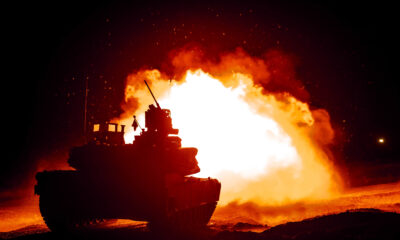
 Civilization4 days ago
Civilization4 days agoCurrent Conflicts Demonstrate Need for More and Better Tanks In Eastern Europe
-
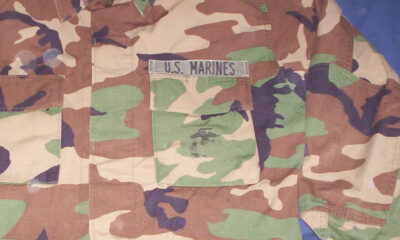
 Civilization2 days ago
Civilization2 days agoMarine Corps Force Design: In Defense of Chowder II
-
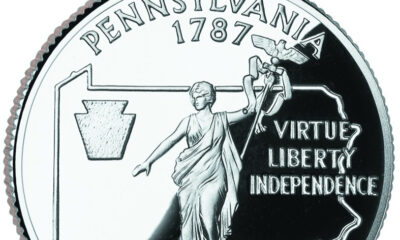
 Education3 days ago
Education3 days ago‘Grow PA’ Plan Helps Solve Economic, Higher Education Challenges



